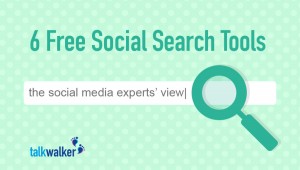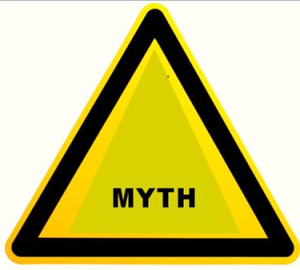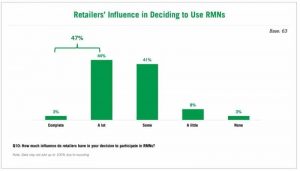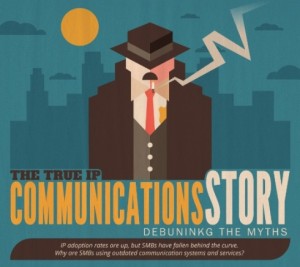By Chel Wolverton, Published November 14, 2014

Here at SHIFT we’re big fans of Think With Google. Critical and creative thinking are fast becoming the skills to develop and Google seeks to help with that with this product. Google’s new guide, “Measure What Matters Most“, drives home the point of improving outcomes by focusing on the customer journey. Let’s dive into some of the sections and why we think you’ll find this book a useful read, as well as who will get the most benefit from each section.
It will challenge you to consider all the possibilities of your choices — from what to measure to promotions to measuring the customer journey to proving that your efforts indeed work.
Better Measurement
Clients in our industry are savvy enough to ask for reporting and analytics. Measuring the the success of programs by the numbers is quickly becoming the standard in PR and marketing with access to so much data. The trouble with having lots of data is determining which to use and how to determine the metrics of success. This well and truly depends on how they define success or goals.
In the book, the first section discusses choosing the right metrics and starts by questioning what those metrics should be. The book then covers objectives, channels, KPIs, and tools. The section ends with some great questions that will help your company find its way to measuring the right thing, not anything.
This chapter also speaks to the importance of being aligned with other departmental and company wide goals. Your business may have more than one thing to measure, if there’s more than one goal. Considering them all and having everyone aligned keeps departments united in achieving something worthwhile for the company as a whole.
Who will benefit most? This section should be read by the C-Suite, CEOs and CMOs who need to agree on which KPIs map back to real business objectives.
The Value of Customers
The highlight in this section is a table titled “Quick Tips for Customer Centric Measurement” that guides you through knowing your customers, which of those potential customers are the “whales”, and how to find them more often and sign them on as customers.
In this day and age, customers are coming to expect more individualized marketing messages and it shows in each screenshot of irrelevant ads on Facebook. This chapter won’t help you with your messaging of those individualized messages, but will illustrate why they are important.
It ends on a note of keeping strategies aligned with finding people who show some similarities with the best customers you already have. Question who your customer is, identify what they care about, and then listen up to find greater success in reaching more of the same.
Who will benefit most? This section will benefit the VP of Marketing and VP of Sales the most, as they work together to establish a comprehensive understanding of the value of a customer.
Following the Customer Journey
Do you know what touchpoints your customers have? What they experience when they use your website or visit your store? Are you clear about where the points of attribution are for your company’s funnel? This section offers some clear tips for improving attribution which ultimately provides guidance on “what’s next?”.
Who will benefit most? This section will be most helpful to marketing operations teams in understanding how operations touches the customer at every point through the journey – and how their work will be attributed to marketing success.
Measurement
Now we come full circle back to the important part of the journey for marketers, measuring success. “78% of CEOs think that CMOs lose site of what their jobs are to generate customer desire“, says a recent study via The Fournaise Marketing Group. While the C-suite is at loggerheads about ROI, CMOs can certainly head that off at the pass by considering the questions of ROI, customer journey, and what exactly to measure.
It’s not enough to glance at data and say “this is happening based on x data”, but to use that data to ultimately “show causation” according to this chapter.
It’s important to understand that measurement isn’t one and done, it’s an ongoing process in which you question everything, because ultimately everything changes and changing directions as you go rather than having to derail everything and start from scratch (putting you behind your competitors), which can easily set you back by a couple of years.
Who will benefit most? This section should be read by CEOs because it’s ultimately what he/she will need to understand about what’s being put in front of them and what they should do next.
Conclusion
Go download the guide “Measure What Matters Most”, bookmark Think With Google, and think. Deliver the impact that your CEO is looking for, fill the funnel, know what your goals are, and envision what success really looks like for your company as a whole.
Business Articles | Business 2 Community
(291)






